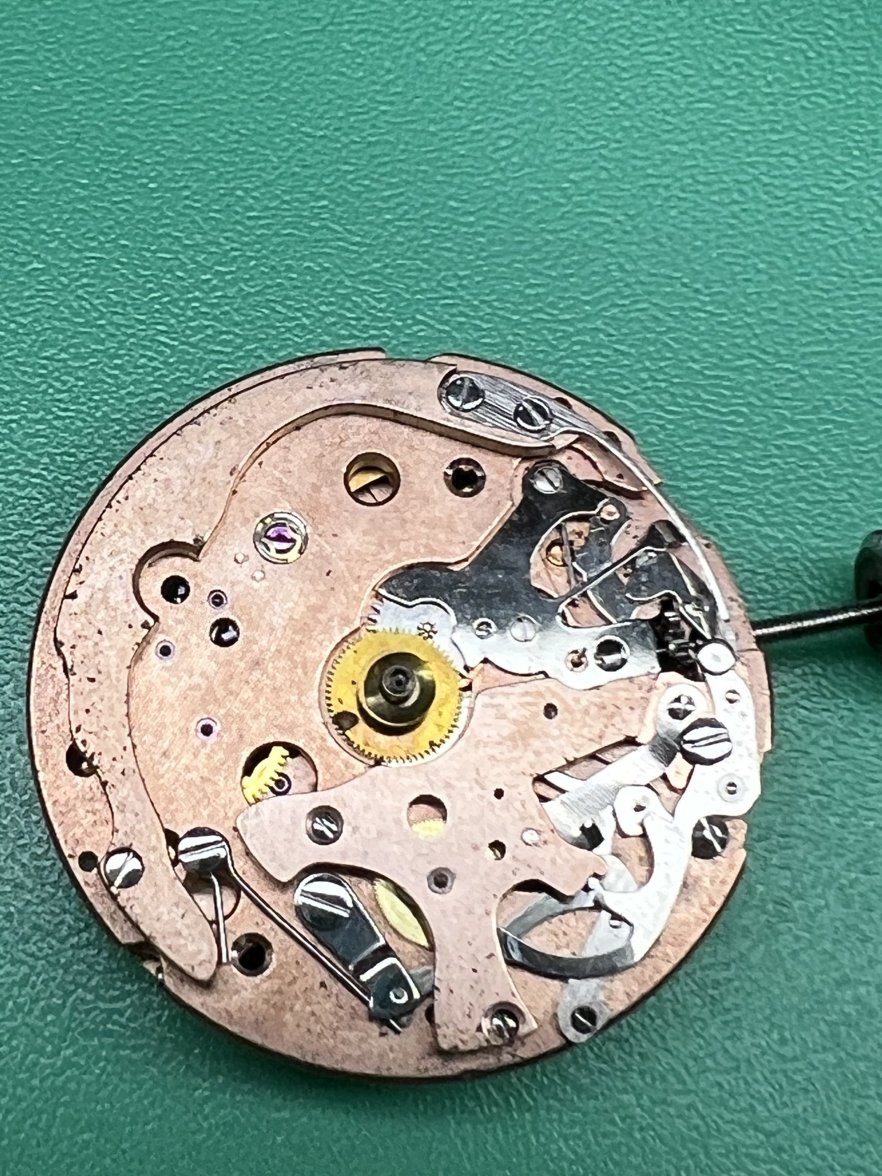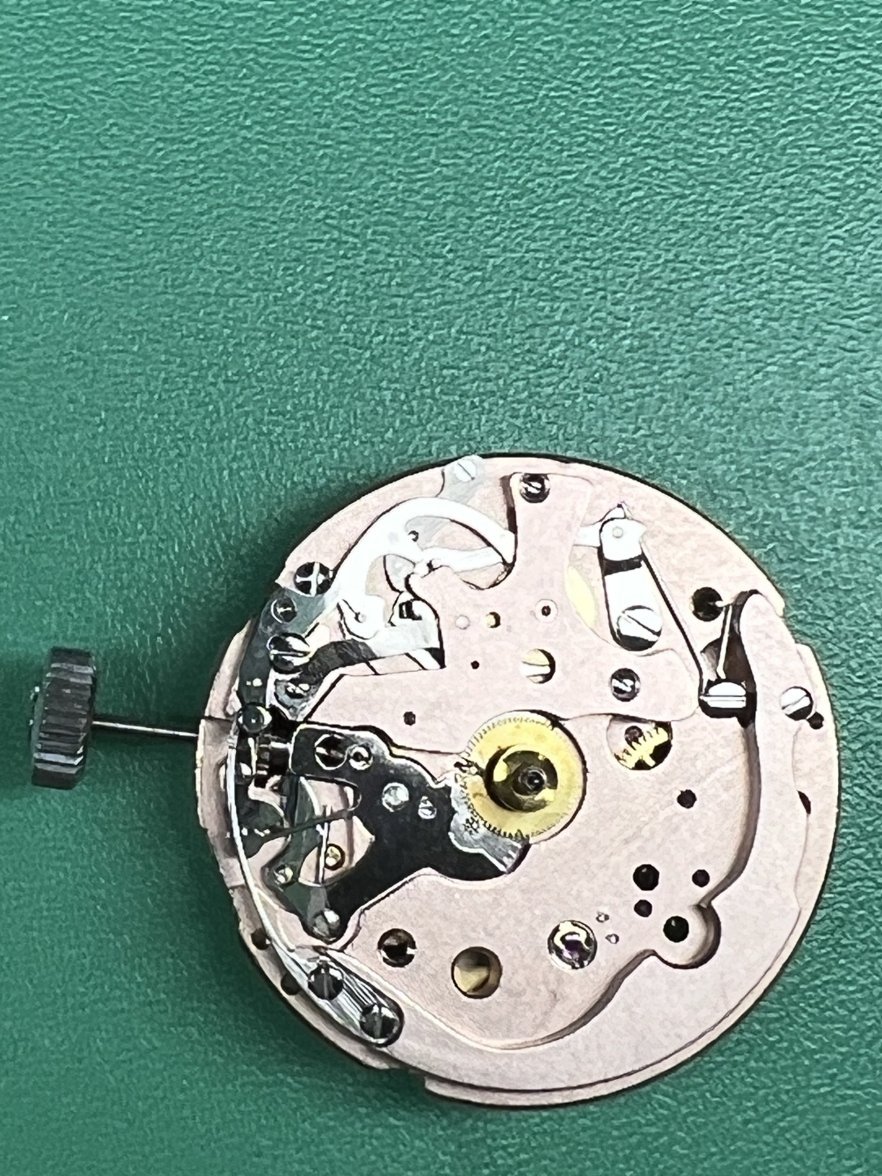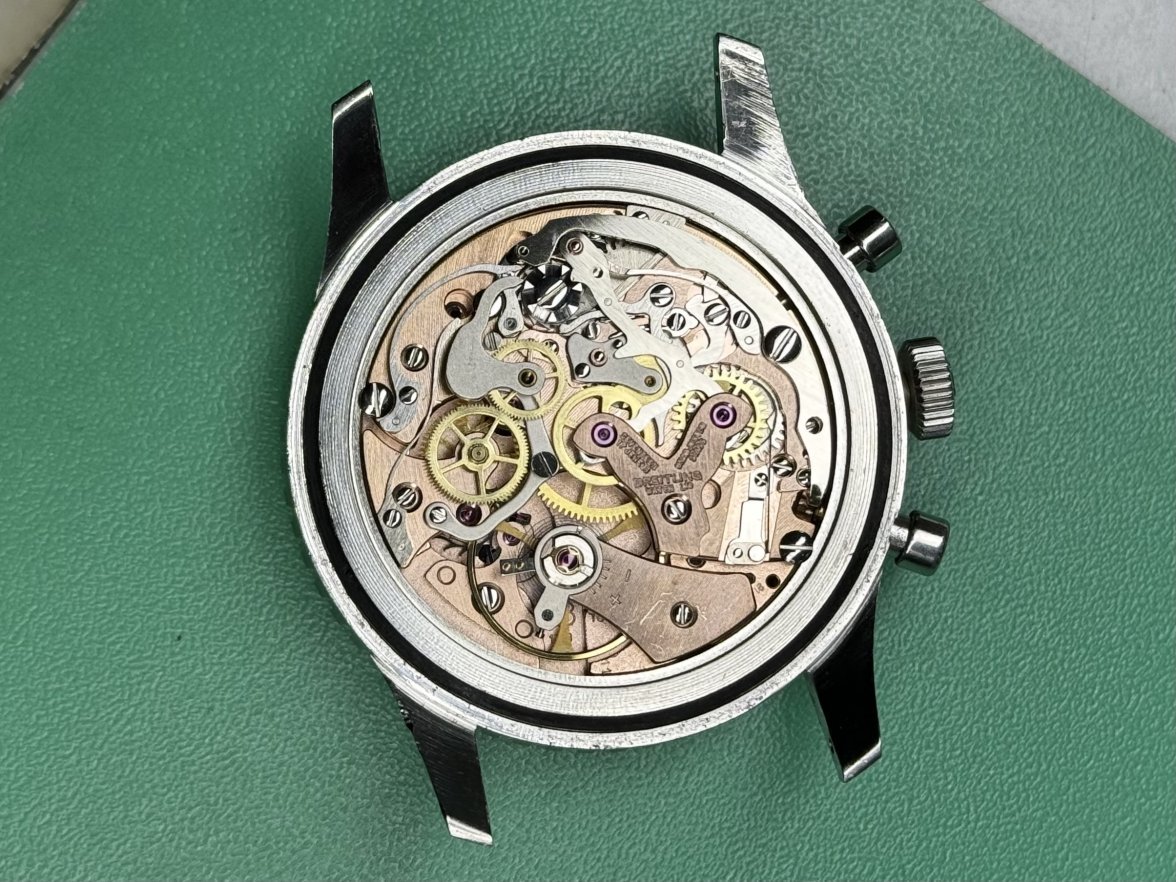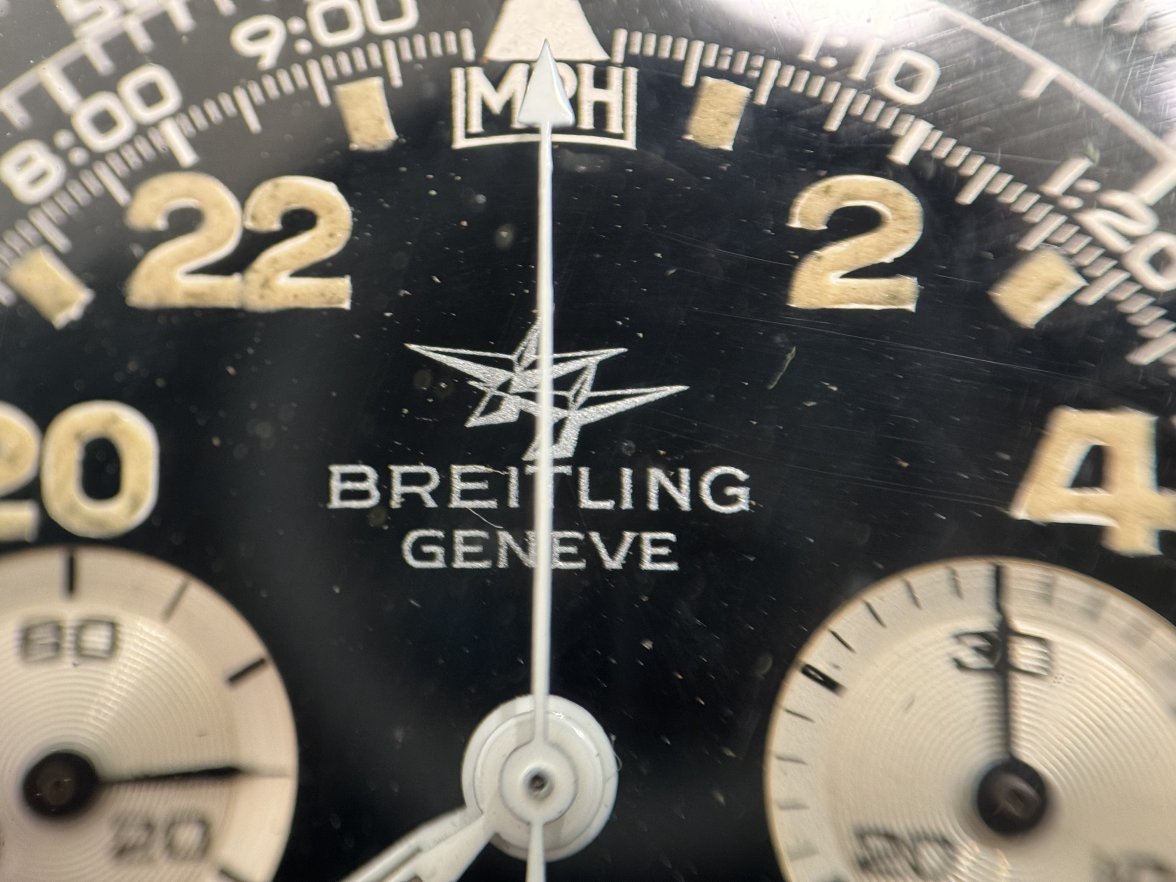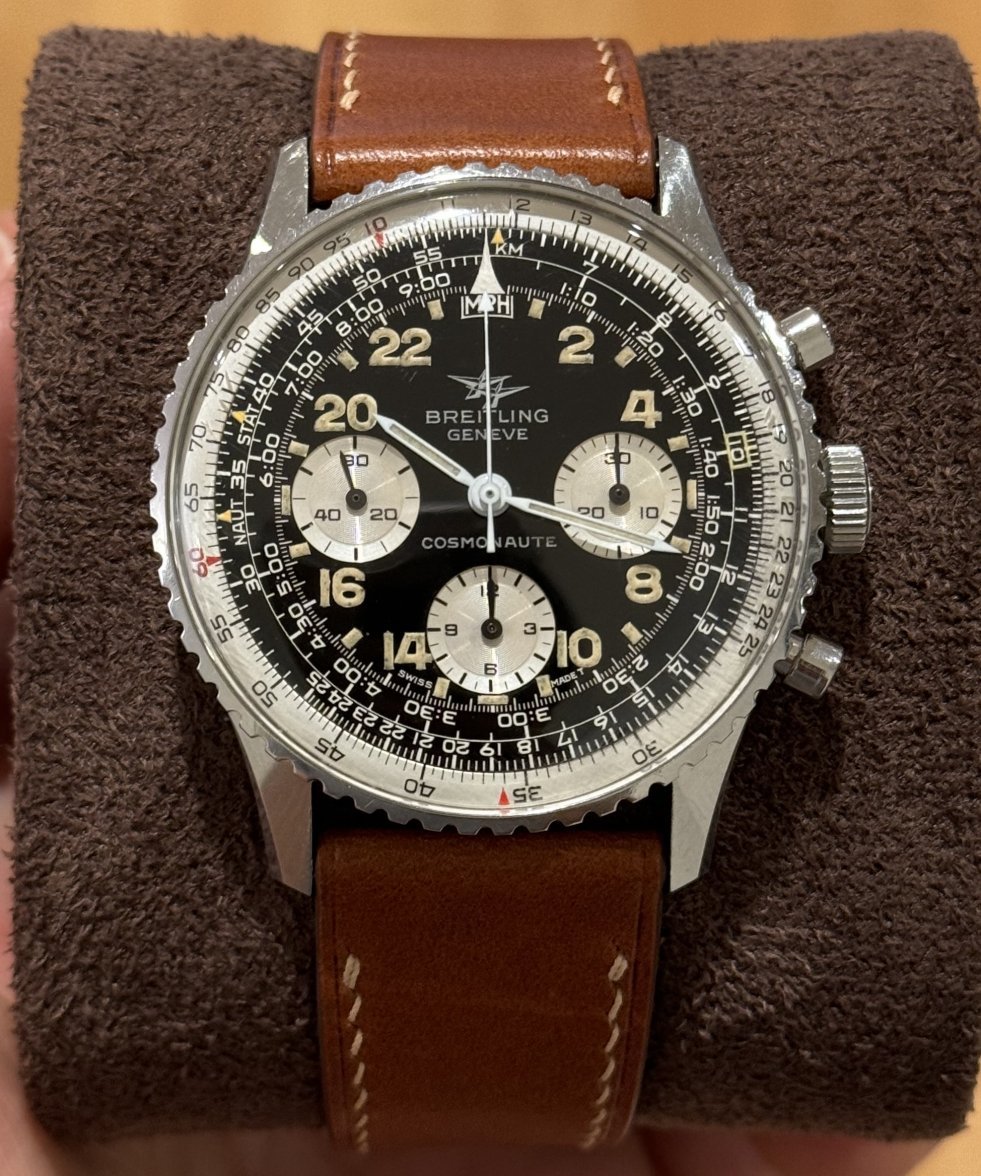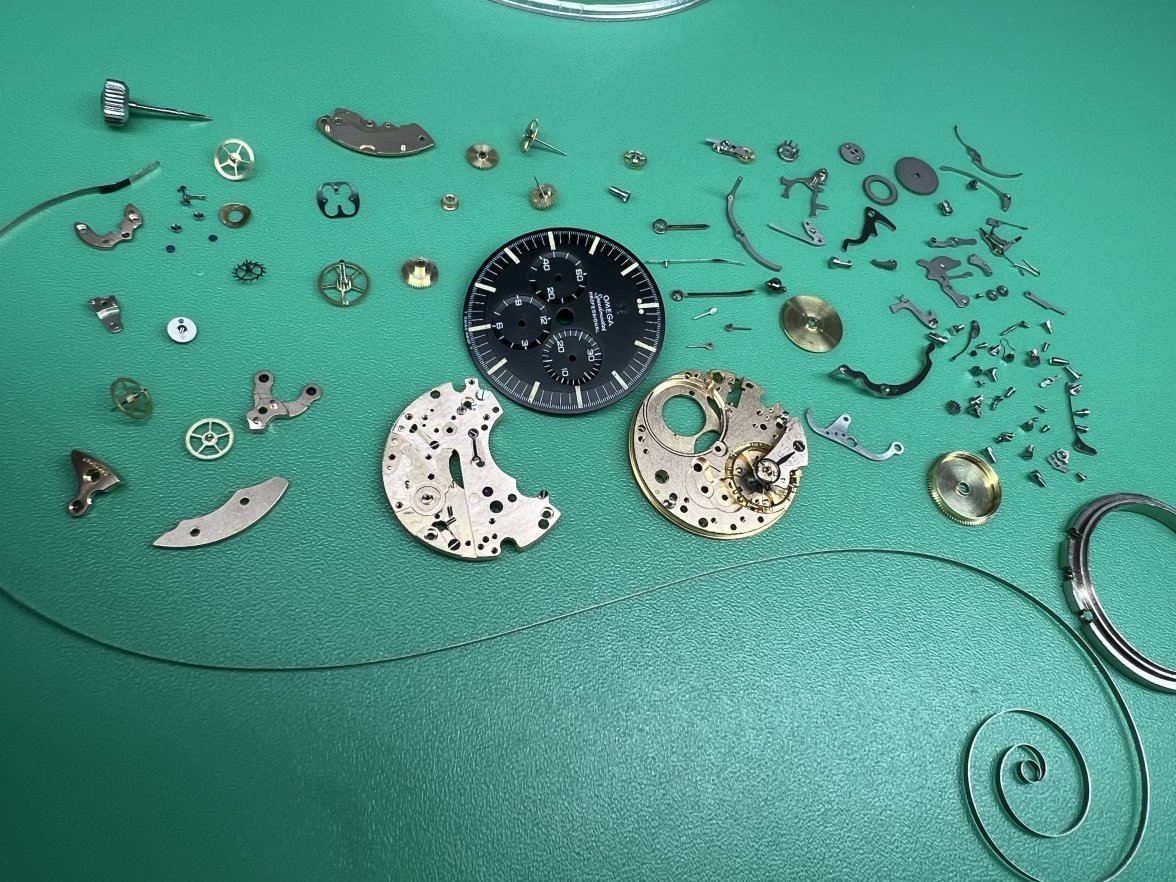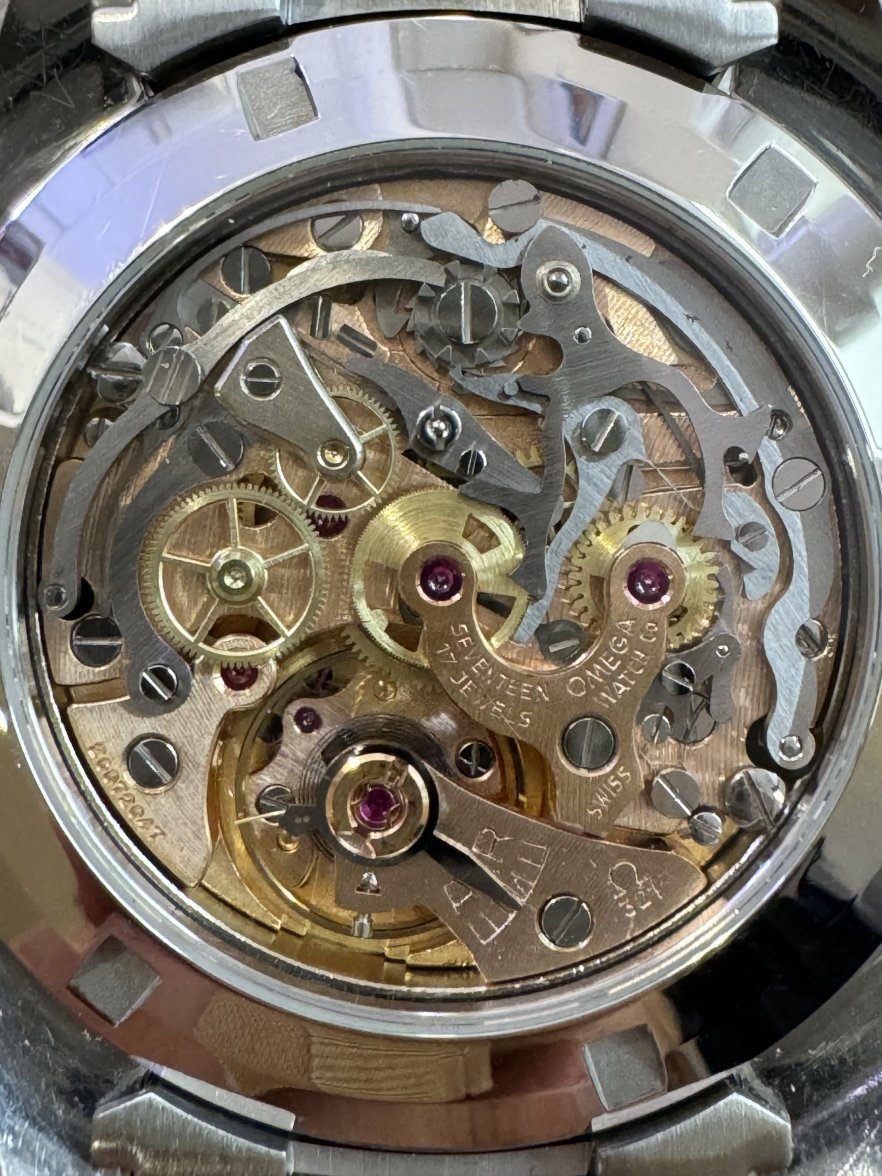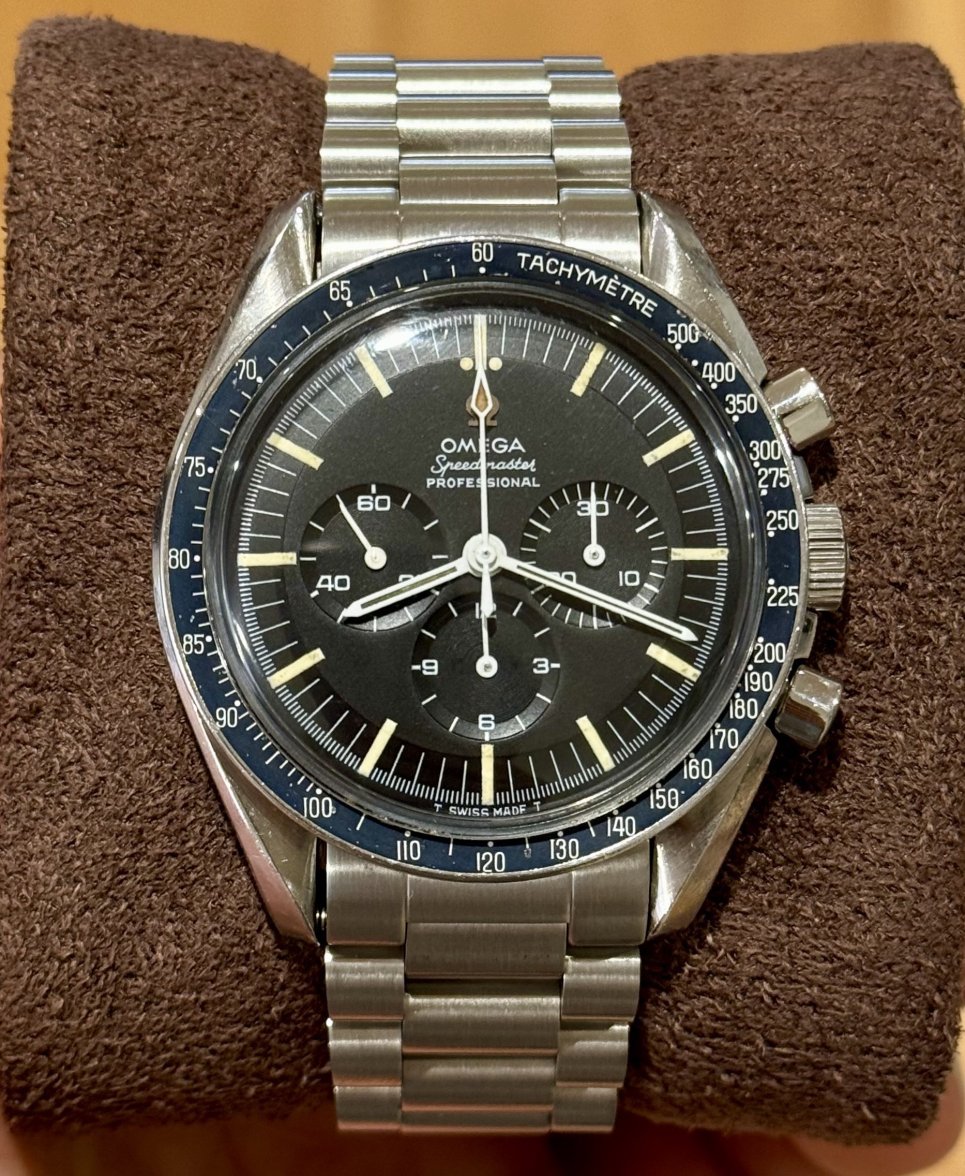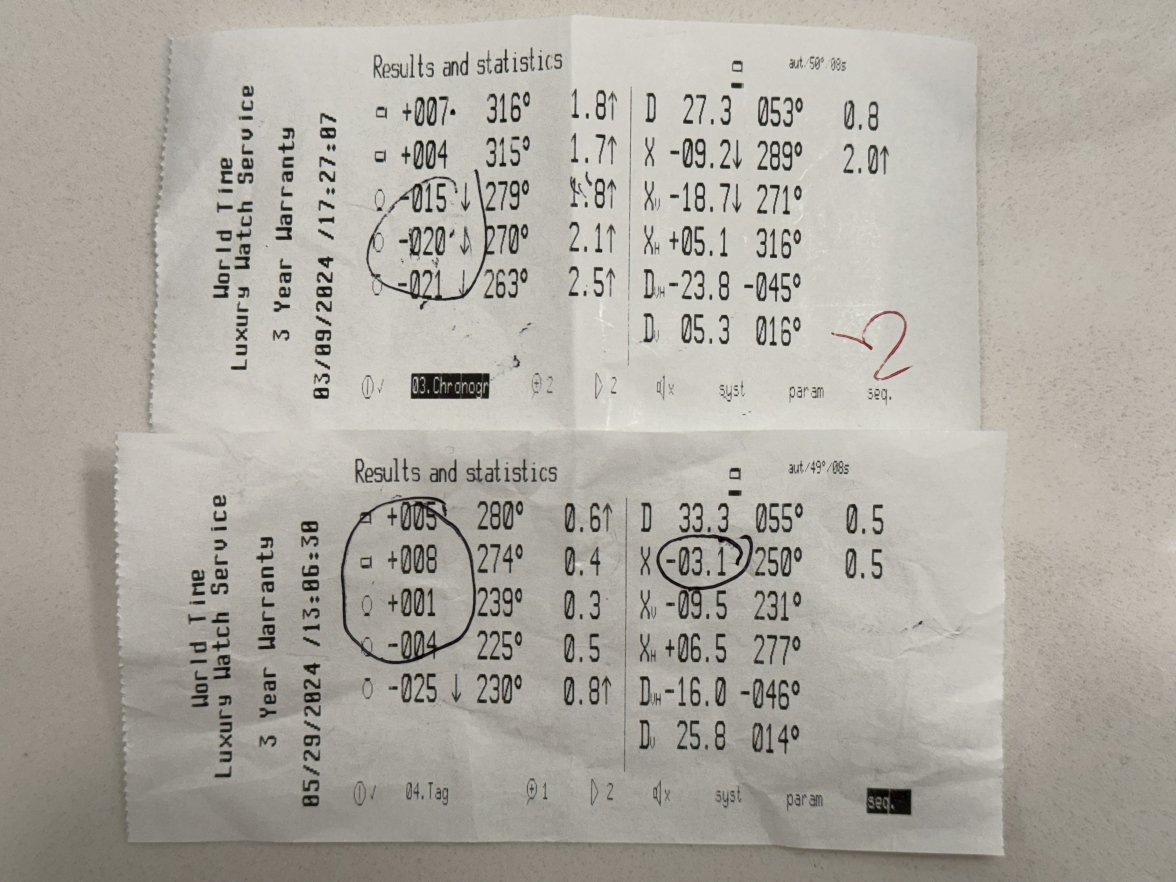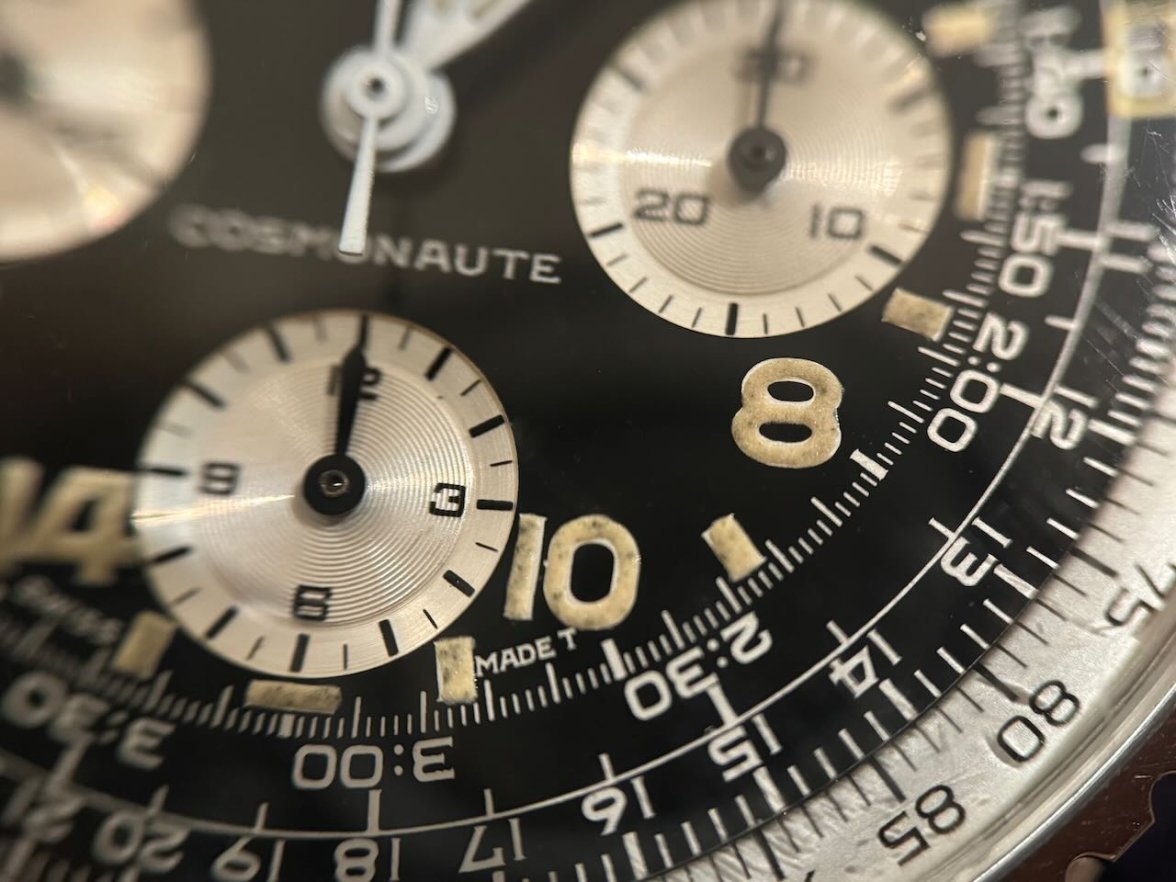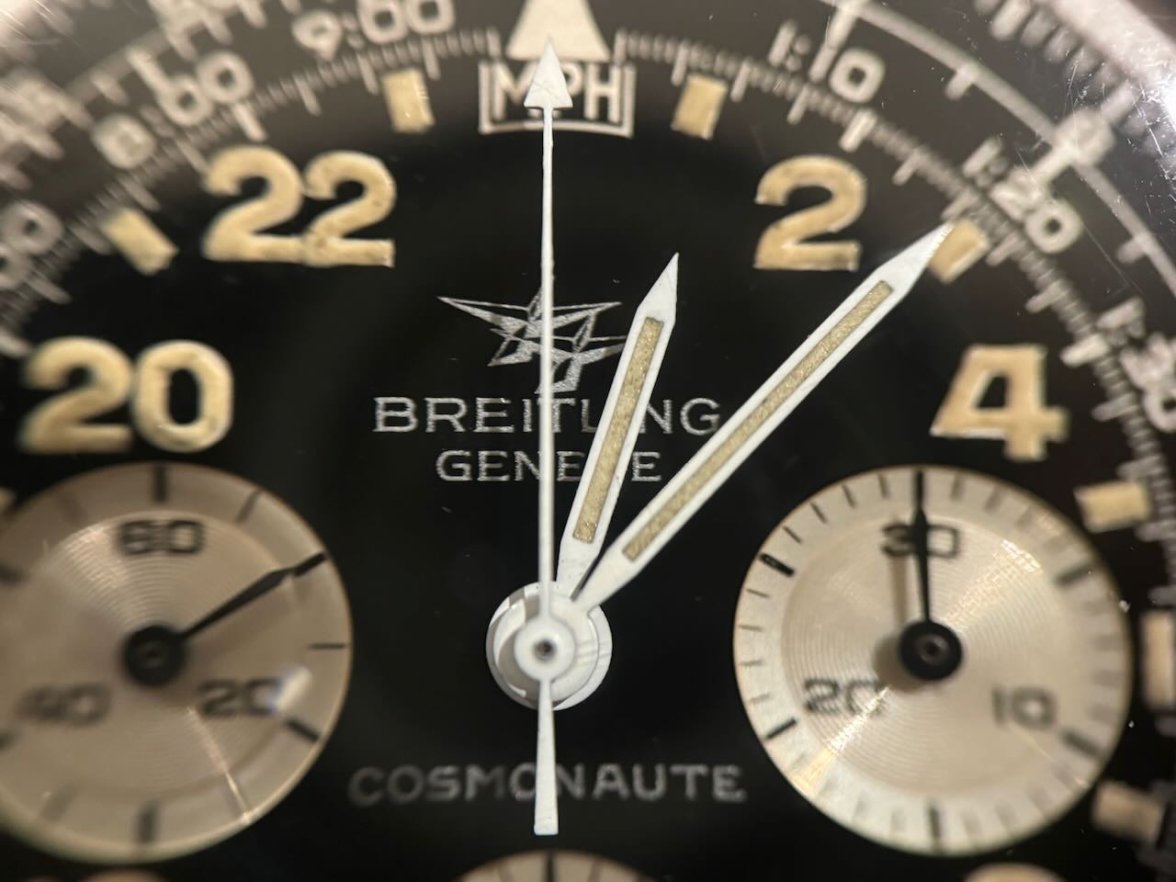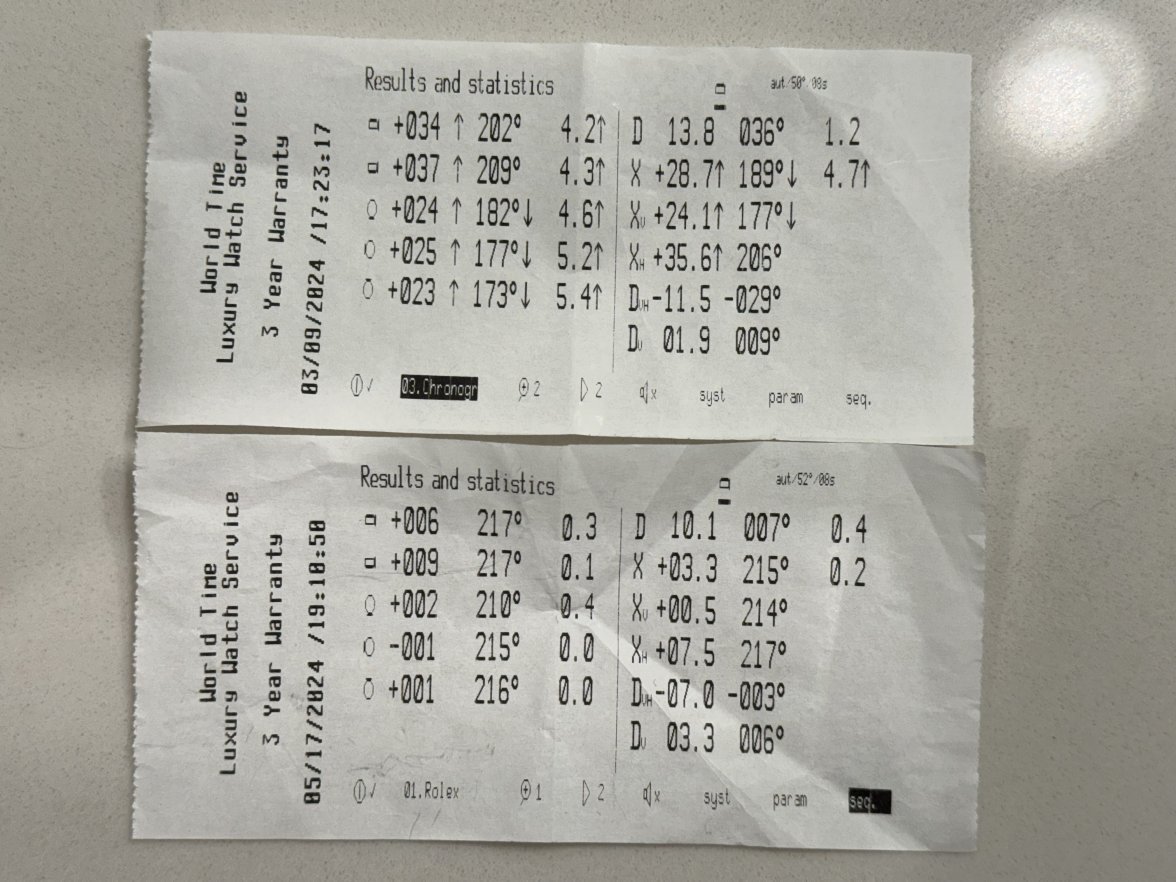watch_my_six
·Another +1 for Son at World Time in San Jose. I just picked up two watches today, a 145.012 and a Breitling Navitimer 809. I can't say that he offers a bargain, and I'm not an expert, but he appears extremely detail oriented, he sends you photos of your watch completely disassembled, and the finished product looks fantastic (check out the before and after photos of the Navitimer).
However, re: timekeeping parameters, is it normal to still have a minor amount of beat error (0.3-0.8, down from 1.7-2.5 pre-service), and to still have +-20+ sec/day in positions 5+?
However, re: timekeeping parameters, is it normal to still have a minor amount of beat error (0.3-0.8, down from 1.7-2.5 pre-service), and to still have +-20+ sec/day in positions 5+?
